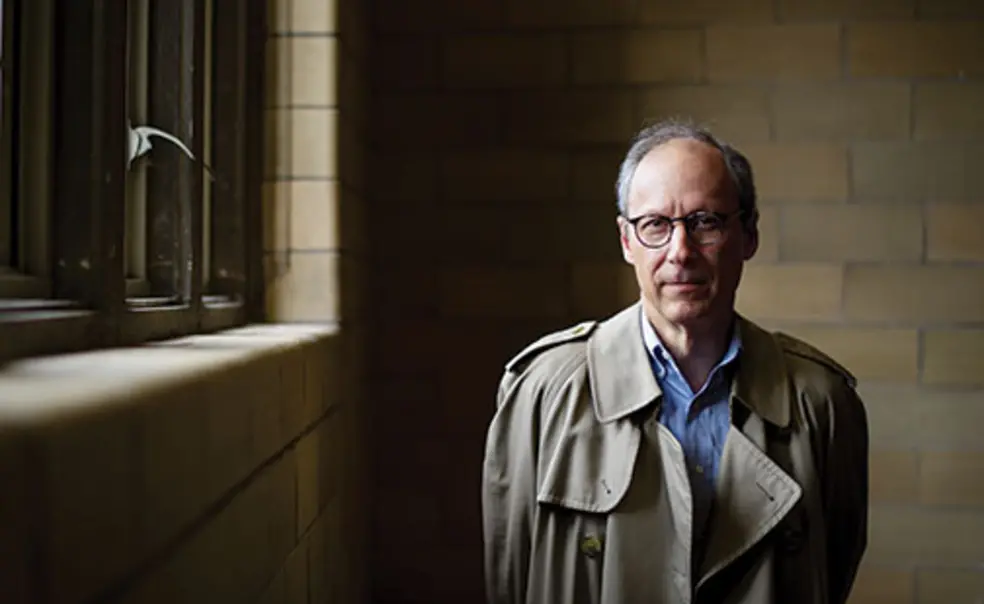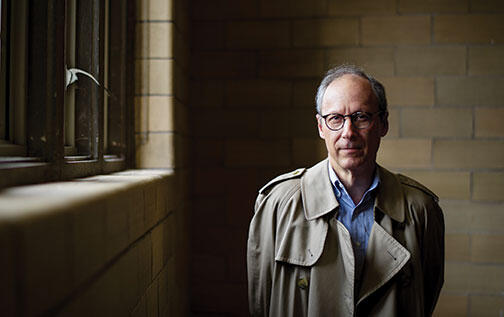History: Evolution of Anne Frank
How the story of the famous diarist changed, depending on who told it
The diary of Anne Frank, first published in Amsterdam in 1947, crystallized the plight of the Jews during the Holocaust for millions of people around the world. But when the French translation was published in 1950, it included an introduction by a prominent Catholic intellectual who presented Frank as “almost a Christian little girl” and evoked Jesus when describing her suffering and eventual death in a concentration camp, says history professor Philip Nord.
“In France, a mostly Catholic country, the book was framed for the French public in Christian terms,” says Nord, whose field of study is modern France. He is examining the way Holocaust stories have been reinterpreted to suit various agendas in France over the years.
In 1955, Frank’s diary was turned into a Tony Award-winning play by American playwrights Frances Goodrich and Albert Hackett, who played down the Jewish aspects to give it universality. “That is a self-conscious act by Hackett and Goodrich,” says Nord. “They wanted a general audience, not one that would feel, ‘This is about Jews, so who’s interested?’” Frank became a “typical teenager with the life and loves of a teen,” says Nord. The play ends with a voiceover from Frank, who says, “In spite of everything, I still believe that people are really good at heart.”
By 1957, the play was being performed to packed houses in France and was embraced by the communist press in yet another transformation of the story’s meaning. A review in a French communist newspaper described the play as conveying “not a particularist message which concerns just the problems of a Jew — no, a more general human message. You have recently seen what happened to blacks in America,” the review continued, alluding to the civil-rights movement then taking hold in the United States. For communists, the play is “about the consequences of racism,” says Nord.
He is writing a book titled Memories of Deportation that looks at political reinterpretations of French films, memorials, literature, and other artistic works that are based on stories about World War II.
Nord examines a 1955 French documentary called Night and Fog, which, with its footage of Auschwitz and descriptions of life among its prisoners, often is viewed as a Holocaust film. In fact, Nord says, director Alain Resnais used allusions to Auschwitz to make a statement against the detention camps established by the French for Algerians sympathetic to their country’s struggle for independence from colonial control.
People are drawn to finding political lessons in works of art, says Nord: “People’s memories of major events are intertwined with politics and culture in ways that they don’t often think about.”













No responses yet